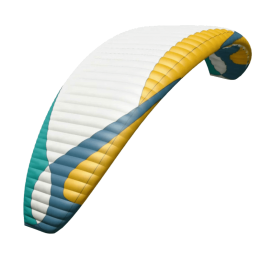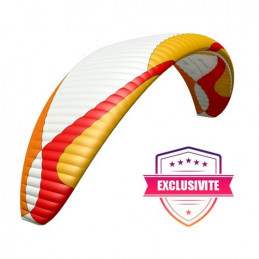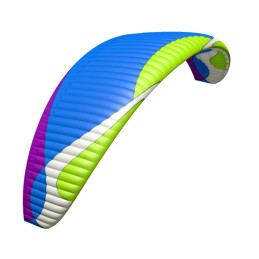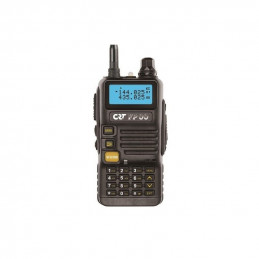Paragliding is an exhilarating activity that allows you to soar over France's diverse landscapes, from the majestic ejected Alps to the coastal dunes. However, flying conditions vary significantly throughout the seasons, influenced by weather, winds, thermals, and regional characteristics. In this article, we explore these changes, focusing on iconic sites such as the Alps (Annecy, Chamonix), the Pyrenees, the Vosges, and the Dune du Pilat. Whether you're a beginner or an experienced pilot, understanding these variations is essential for safe and enjoyable flights.
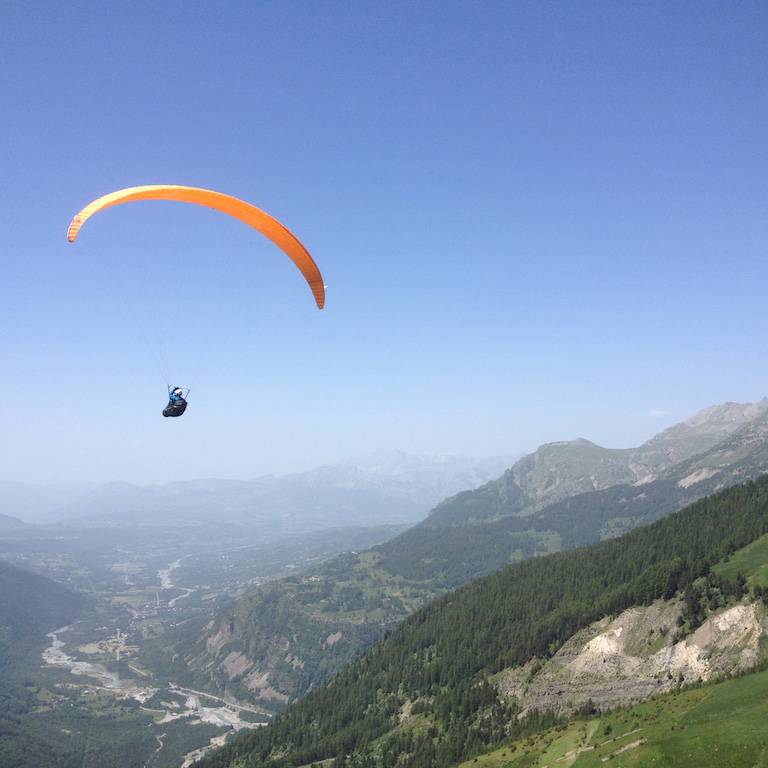
Spring: The Awakening of Thermals
In spring (March to May), paragliding conditions come alive after winter. In the Alps, such as in Annecy, thermals are dynamic and unstable, with a northwest valley breeze setting in daily. Takeoff sites like Montmin or Planfait enable cross-country (XC) flights to the south or east, with cloud ceilings at 2,000-3,500 meters. In Chamonix, April to June offer the best thermals, with climb rates of 4 m/s and an unstable sky conducive to cumulus clouds.
In the Pyrenees, long XC flights begin in late February and continue until mid-June, taking advantage of spring instability. The Vosges, with hills peaking at 1,000-1,400 meters, offer moderate but fickle conditions due to oceanic influences. At the Dune du Pilat, from April onward, west-southwest winds shift to northwest, promoting dynamic ascents with sea breezes. It’s an ideal season for beginners, but beware of occasional showers.
Summer: The Season of Long Flights
Summer (June to August) is often considered the best time for paragliding in France, with stable conditions and abundant thermals. In the Alps, at Annecy, the atmosphere stabilizes, offering easy thermal flights and XC routes of all sizes, such as circling the lake or 70 km round trips. In Chamonix, humidity rises, with ceilings at 2,500-3,000 meters and risks of late-afternoon thunderstorms, but flight windows extend until 9 p.m.
The Pyrenees shine for long-distance flights, with endless options in the mountains or Castilian plains. In the Vosges, summer allows pleasant flights, though the weather remains variable due to semi-continental influences. At the Dune du Pilat, conditions are subtle, but heatwaves can weaken winds, making flights rare on some days. Sea breezes form later, with thermal opportunities in early afternoon. Overall, it’s the season for records, but keep an eye on thunderstorms.
Autumn: Mild and Colorful Conditions
In autumn (September to November), conditions become milder, ideal for extended flights. In the Alps, at Annecy, flights remain viable until October, with moderate thermals and routes like circling the lake or triangles along the ridges. In Chamonix, from mid-August to October, stable air offers gentle thermals (2-3 m/s), with stunning autumnal colors and all-day flights.
The Pyrenees and Vosges offer opportunities, though less documented, with favorable weather for outdoor activities in autumn. At the Dune du Pilat, conditions deteriorate: more southwest winds, increased rain, and ineffective sea breezes due to similar sea and land temperatures. It’s a transitional season, perfect for pilots seeking tranquility.
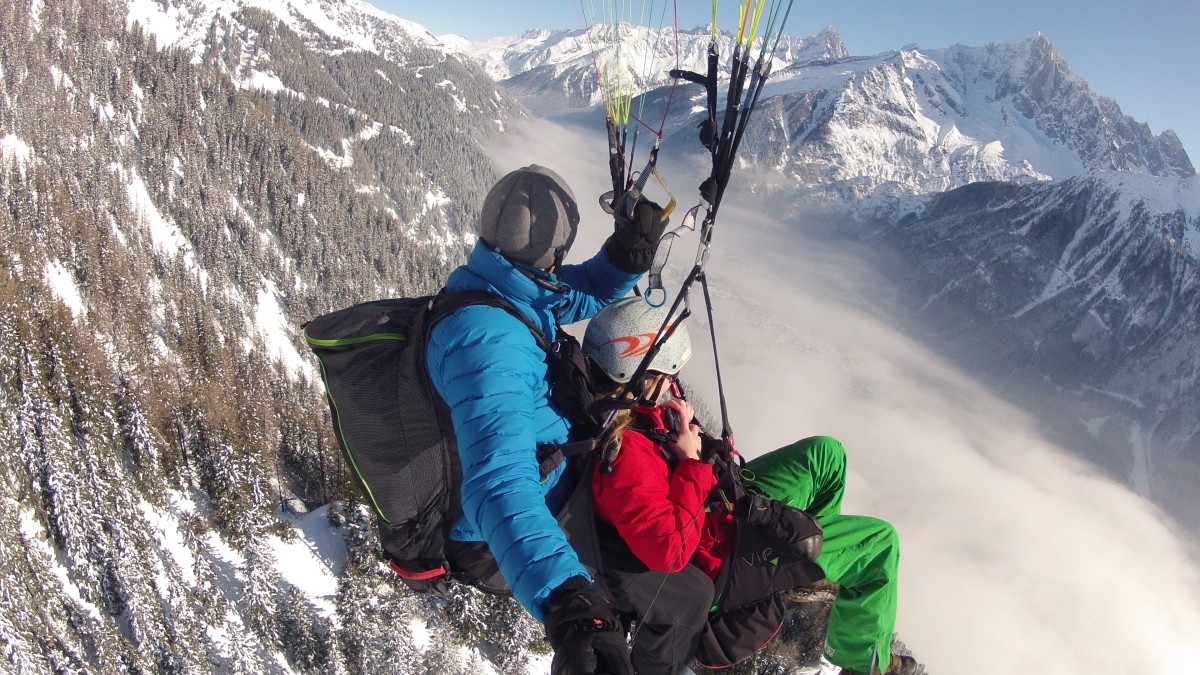
Winter: Cold but Magical Flights
Winter (December to February) is the most challenging season but feasible in certain regions. In Chamonix, conditions are stable and sunny, with gentle thermals formed by the sun on the snow, ideal for beginners (flight window 11 a.m.-4 p.m.). Tandem flights are possible year-round and are no colder than skiing.
In the Pyrenees, winter is a must-visit playground for paragliding, with sites like the Hautes-Pyrénées. The Vosges and the Dune du Pilat are less favorable: strong winds, rain, and the absence of sea breezes at the dune make flights rare. Dress warmly and check forecasts to avoid cold fronts.
Conclusion: Adapt to the Seasons for Optimal Flights
Paragliding conditions in France vary greatly by season and region, from the dynamic spring to the stable winter. Spring and summer are generally the most favorable, but autumn and winter offer unique experiences for seasoned pilots. Always prioritize safety: check weather forecasts, fly with professionals, and follow local regulations. Whether soaring above Alpine lakes or Atlantic dunes, paragliding remains an unforgettable adventure all year round!




